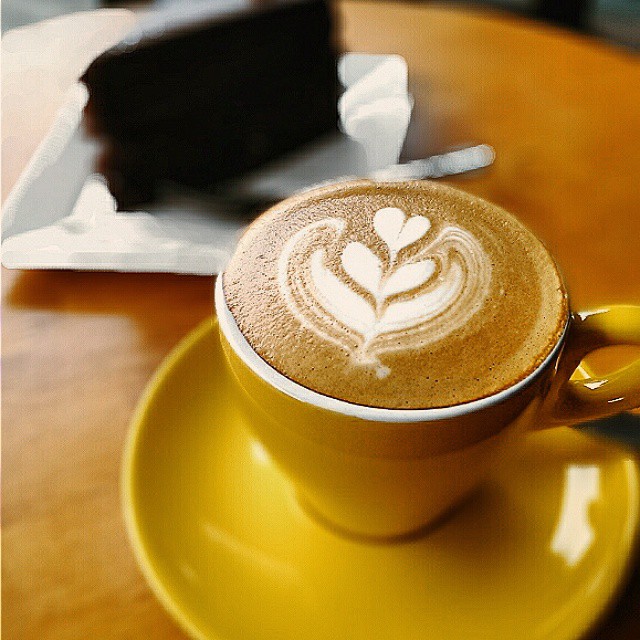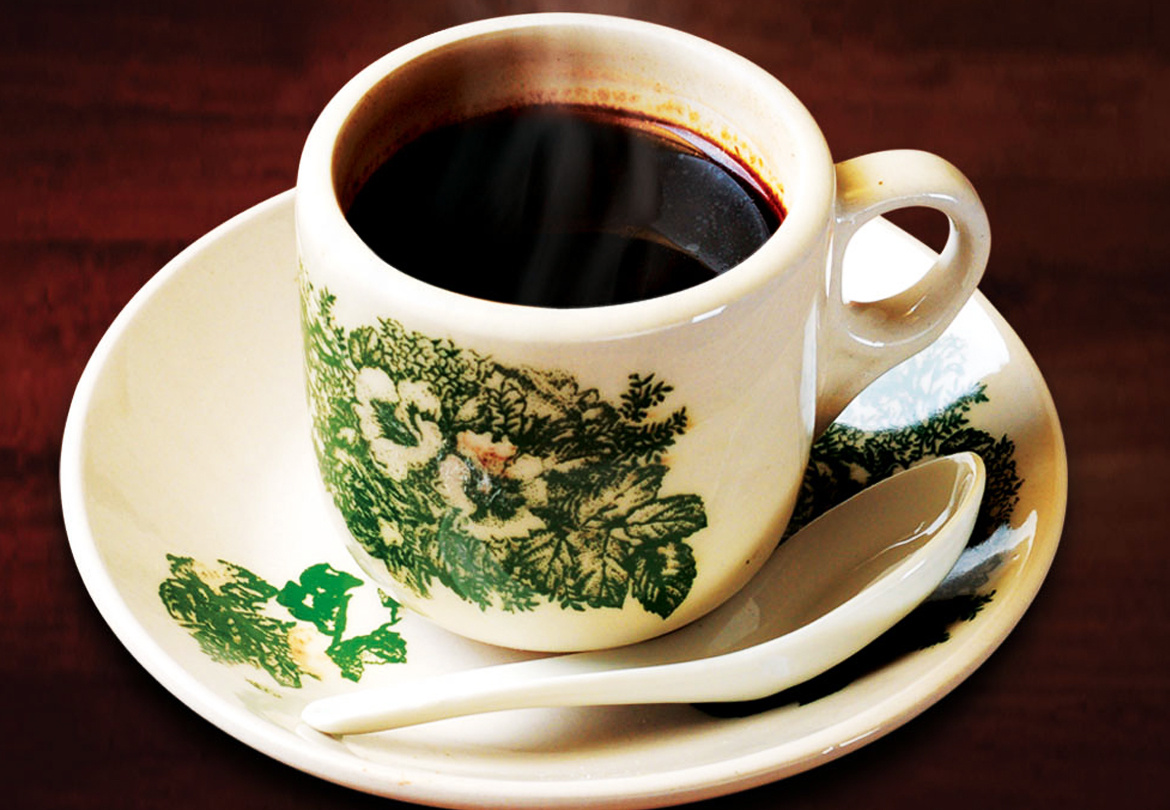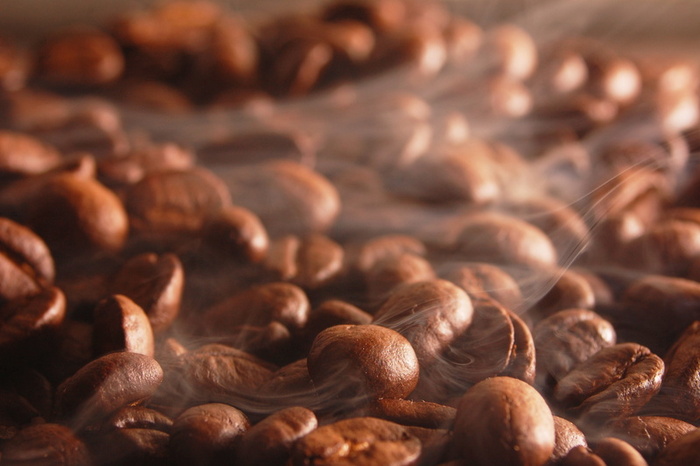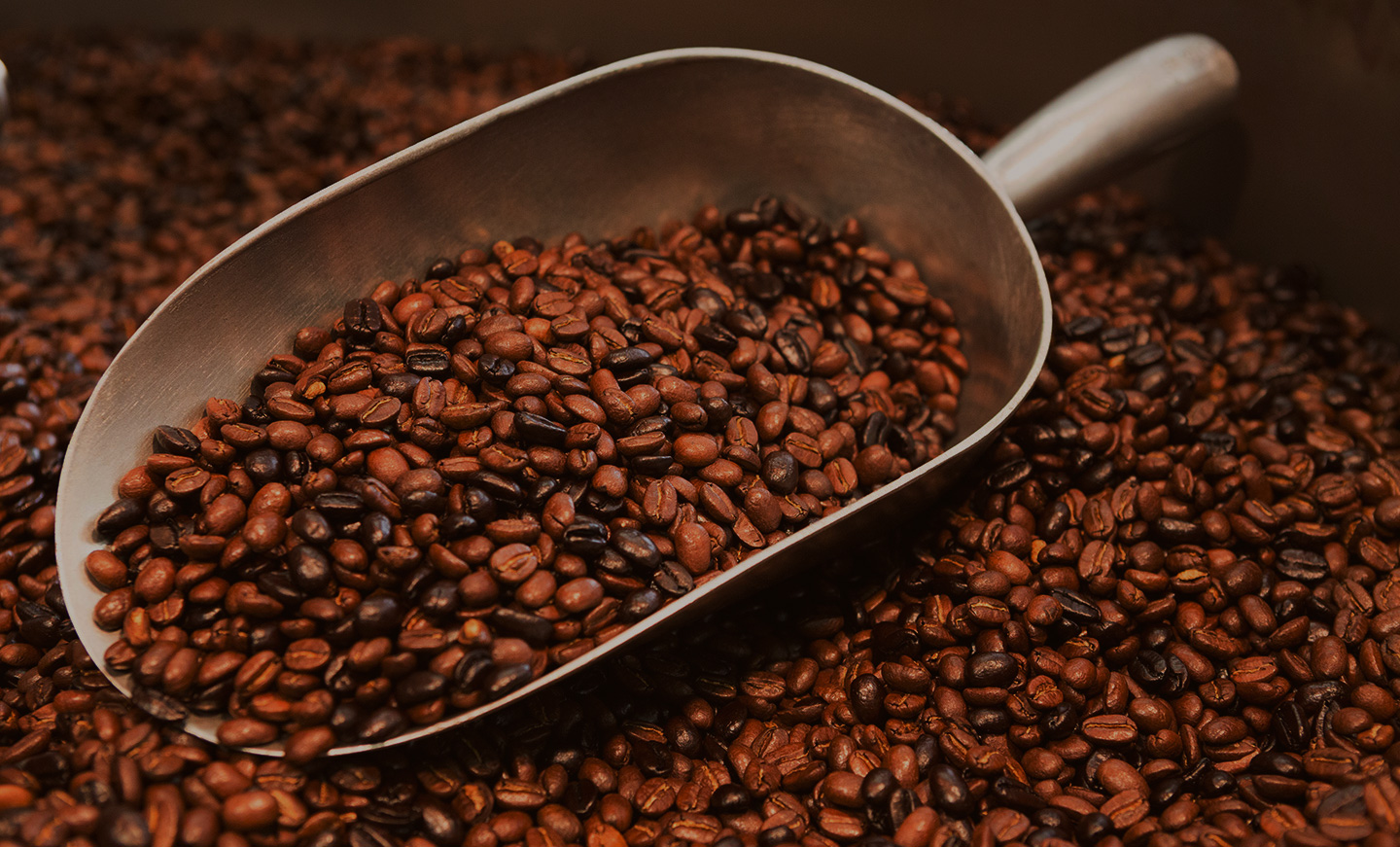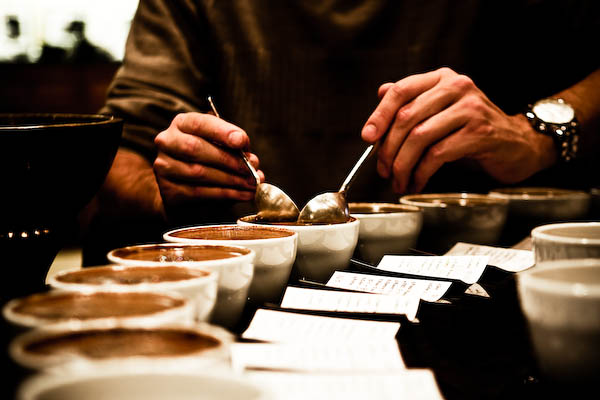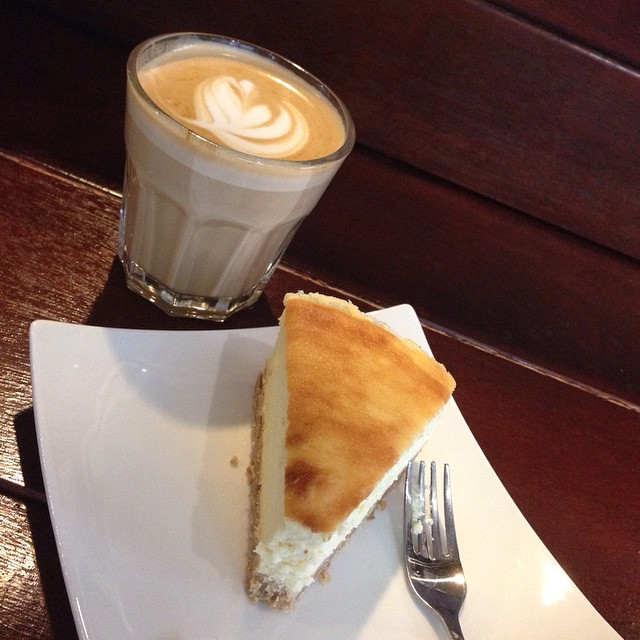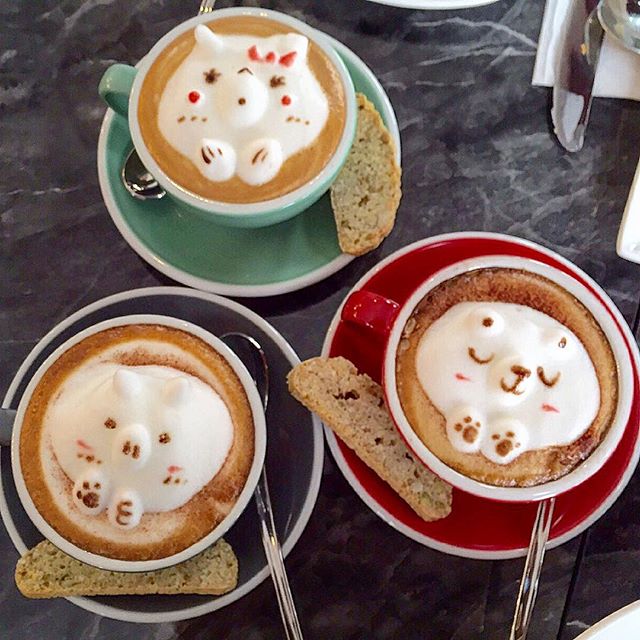14 Things You Probably Didn’t Know About Specialty Coffee And Coffee Culture In Malaysia
It's amazing how much you learn when you engage in a conversation with the people who are truly passionate about coffee beans - the roasters.
Let's face it - we've all jumped on the 3rd wave coffee culture bandwagon at some point in recent years, but all we're doing is drinking fancy cups of latte without knowing all the work that goes into the coffee
So we spoke to the people who make sure only the best beans end up in your cup of joe; coffee roasters Norien Hassan from Espressolab, Ms. Yip Leong Sum from Beans Depot, and Susan Wong from Artisan Roast to pick their brains on how the coffee culture in Malaysia is coming along...
1. Specialty coffee is not named as such simply because the coffee beans are imported or brewed with a fancy machine.
Specialty coffee is actually classified as such based on the coffee beans' standard of quality, which is evaluated based on a scoresheet by the Specialty Coffee Association of America (SCAA).
According to Yip, the scoresheet evaluates coffee beans based on its aroma, flavour, aftertaste, body, and balance. Only coffee that scores 80 points and above are considered specialty coffee.
Another way to determine whether or not a type of coffee qualifies as specialty coffee is to "break" the green or raw coffee beans to determine how many defects can be identified.
"There are two types of defects - primary defect and secondary defect. If any primary defect is detected, the particular coffee bean is not classified as specialty coffee anymore," Yip said.
2. Coffee culture is different in every country, though not all of them have a localised one. Malaysia does have its own mascot when it comes to coffee culture - kopi 'o' and to some extent, Ipoh white coffee.
"I've been to so many countries and realised that different countries have their own culture in presenting coffee. There is no right or wrong, it all depends on how people like to indulge in the beverage," said Yip, who grew up with kopi 'o' as a staple beverage growing up.
"To me, coffee culture not about the coffee per se, it's how we have it. It's our culture to add in sugar, margerine, or butter to gel with local flavours. As long as the process is hygienic and good quality coffee is used, it's still a good cup of coffee," she added.
"I'm quite proud that we have our own coffee culture as compared to places like Hong Kong, whose coffee is actually influenced by coffee from other countries."
Susan thinks that artisanal coffee has yet to cement its place in local coffee culture, as most coffee-drinking Malaysians still go for kopi 'o'.
"It's a choice. Moreover, youngsters are a lot more receptive to artisanal coffee compared to the older generation," she added.
3. People who are passionate about coffee, like coffee roasters, are not necessarily coffee drinkers. Rather, they identify as "coffee tasters" who just want a taste of the many different types of coffee.
As Norien put it, "Coffee drinkers are different. Most coffee drinkers, I believe, don't care about what coffee drink as long as they get their daily caffeine fix."
"Coffee tasters are a lot more... anal about their coffee. I take my coffee without sugar and milk, and I definitely will not touch Nescafe, it's my personal thing," she added.
4. Producing good quality coffee beans is serious business. Although it has gotten easier thanks to automated machines, it's not just about science - roasting raw coffee beans is an art that requires no small amount of good intuition and gut feeling.
Norien explains that while science does play a part, human intervention is still needed when it comes to figuring out when to drop the beans into the pre-heated roasting drum and monitoring the colour and development of the beans.
"It's like cooking. Science says that when you fry a fish to a certain level, it will be crispy on the outside and such. But you still have to rely on the visual to agak-agak when it will be done to your liking," she adds.
5. Each roaster goes by their own roast levels and profile. While some have no qualms about sharing their 'trade secrets' (to a certain extent, of course), some can be quite secretive about it!
"I don't mind sharing with new roasters who come to me, because it's knowledge to be shared. I would seriously love it if we can have a small roasters' forum just for us to exchange notes. I think we can get more information and knowledge by going out there to discuss rather than going to courses," said Norien, adding that she does not mind revealing how she creates her blends, although another roaster may not be able to replicate it to the tee.
"To a certain extent, I may be able to tell you the portion and proportion of my blends, but the roast level and profile is ingrained in me, so that's going to be a lot harder to replicate," she mused.
6. Sometimes, the coffee beans may not turn out as expected during the roasting the process. But don't worry, coffee quality can still be corrected in the post-blend stage or on stage level.
"Post-blend means I roast these blends individually, and when it's roasted, we blend. So when there are batches where I may have pulled beans that are too dark or too light, I'll just mix them together so the flavour doesn't run too far off," said Norien.
Yip said that after roasting, one can still manipulate a cup of coffee when brewing, saying "If I want to make coffee that tastes more bitter, I will grind the coffee finer and brew longer to highlight the bitterness."
7. Coffee beans that originate from different places have their own distinctive flavour and nuances, but it takes time for a drinker to identify these individual notes
"For example, Indonesian coffee tends to be very spicy and earthy," said Norien.
"While Ethiopian coffee has a lot of floral aroma, like jasmine, while some can taste fruity," Yip added.
Yip reveals that her customers find it quite difficult to identify their preferred coffee flavour and indulge in specialty coffee at first, so she takes the initiative to share some knowledge to find out what they like and guide them on how to identify the flavours.
"If a customer tells me he or she is more attuned to 'chocolatey' coffee, then I will bring down the acidity of the cup of coffee I'm making for them, because I know they are not used to specialty coffee," she said.
"Initially, some will tell me that the coffee is very sour. But after I explain to them on how to identify the flavours, they realise the sweetness comes in after."
8. While it is not necessary for a barista to know how to roast coffee beans, it is quite essential that they know of the work that goes into the process so that they realise how important it is to preserve the quality of those beans
"It's not necessary for baristas to learn about coffee roasting, but they have to work with coffee roasters to gain a deeper understanding about coffee and know how to bring out the details of the coffee," Yip said.
Norien offers an explanation, saying "It's essential that a barista understands how difficult it is to produce good quality coffee. From the farmers themselves - how they handpick the beans, choosing and picking the bad and small beans from the good ones, to the processing that ensures the coffee tastes good, how the roasters profile it in a certain way to bring out the flavour of the beans as they are supposed to be."
"So, if the baristas don't grind the coffee right, or keep the coffee as it is supposed to be kept, it will most probably affect the quality of the end product," she added.
9. A simple cup of coffee can actually tell you a "story", even in revealing its own flaws
Explaining that the crema is a golden layer of froth on the surface of pulled espresso, which determines the freshness of the coffee, Yip said, "If you only see black when espresso is generated, that means the coffee has been left for too long and has gone stale, hence why the crema is not there."
"Sometimes, in 'white' coffee, you will see bubbles in the milk. That is because the milk is not properly frothed and too much air is injected, it starts to de-gas after 10 minutes, which is why the air will come up to the surface and create tiny bubbles," Yip explained.
10. To fully enjoy the flavours in your cup of coffee, wait for it to cool down first. A piping hot cup of beverage does might just scald your tongue, rendering it unable to fully taste the coffee.
"For brewed coffee, if you taste it at different temperatures, you will actually get something different every time," Yip said.
"However, this does not apply to espresso-based coffee and those with milk. That cup of coffee, if left for more than 15 minutes, might turn quite awful from the look of it," she added.
11. Pairing food with coffee is a tricky thing, as food is an absorbent element. Try not to consume spicy food or food with strong flavours prior to drinking coffee.
According to Yip, food is an absorbent element, which is why you can hardly smell coffee when you're in a restaurant.
"I realised that when you eat something really sweet, your coffee will taste bitter after. It actually changes your paletted perception," she said. "But when you have something fresh and fruity, your coffee tastes much sweeter."
12. Latte art and good coffee goes hand in hand, but when it gets complicated... that's where the quality of coffee might get compromised
Susan is of the opinion that latte art is part of the coffee culture, as it is a form of presentation that customers have come to expect. She added, "Latte art is also a point of interaction between the barista and customers. Some will ask you how it is done, so that starts a conversation, which brings upon the connection."
Yip agrees that the art does fulfill a "visual satisfaction" and is a great way to express the barista's creativity, but pointed out that coffee quality might be compromised in the amount of time it takes to create latte art.
"I strongly believe that coffee is a beverage for you to indulge. I can do the simple tulips and hearts, but if you want to indulge in a cup of coffee at optimum temperature and also have complicated art, that's not possible," she said.
13. The seemingly never-ending flurry of cafés popping up all over Malaysia may mean more competition, but the roasters think it's good for the culture and also for the coffee industry
"It's good for the culture, it's good for us as well, because more people are learning about coffee when they drink different kinds of coffee," Norien quipped.
"That's the only way to grow the coffee industry, introducing new and different coffees. One person alone cannot showcase everything and you cannot capture the entire market," Yip added.
"With more people in the industry, you will have competition and that drives you to keep to a standard of quality."
14. However, they also feel that café owners (or potential ones) should go out to get more experience instead of relying on sheer excitement and books to get by in the business...
"As much as I see them opening, I see as much closing as well," Norien said.
"These young people are excited about bringing up their own brand but i think they need to sit back and do more research and gain more experience. A lot of them get knowledge from Google, from books and so on, but that's just theory."
